Endre Ady lived in Debrecen intermittently between the autumn of 1896 and the end of 1899. Encouraged by his parents he arrived in the ‘town of permanence’ to study law in the Debrecen Reformed College. The poet, who was trying his wings at the time, did not find the town outlandish at all, because he happened upon an entire company from Transylvania. After his first tenement at 4 Mester Street he cohabited with two students from the Szilágyság at 33 Darabos Street, where today a plaque commemorates this fact.
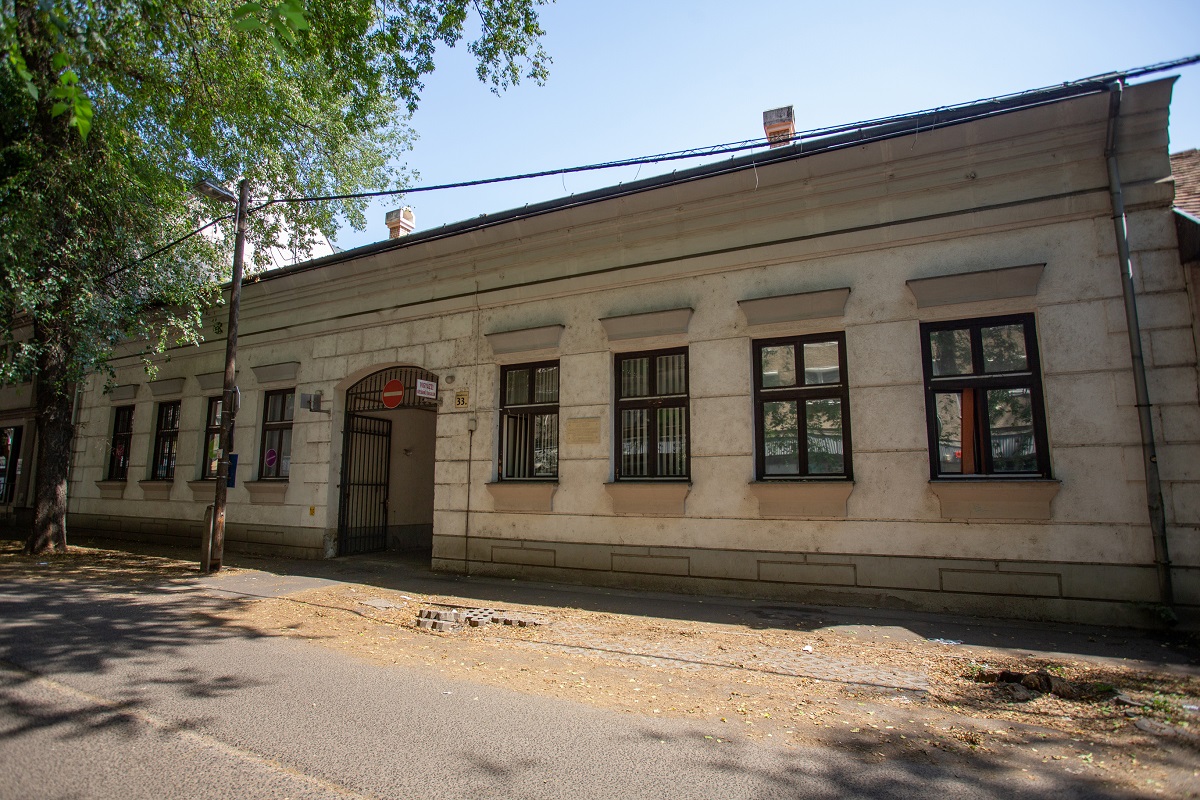
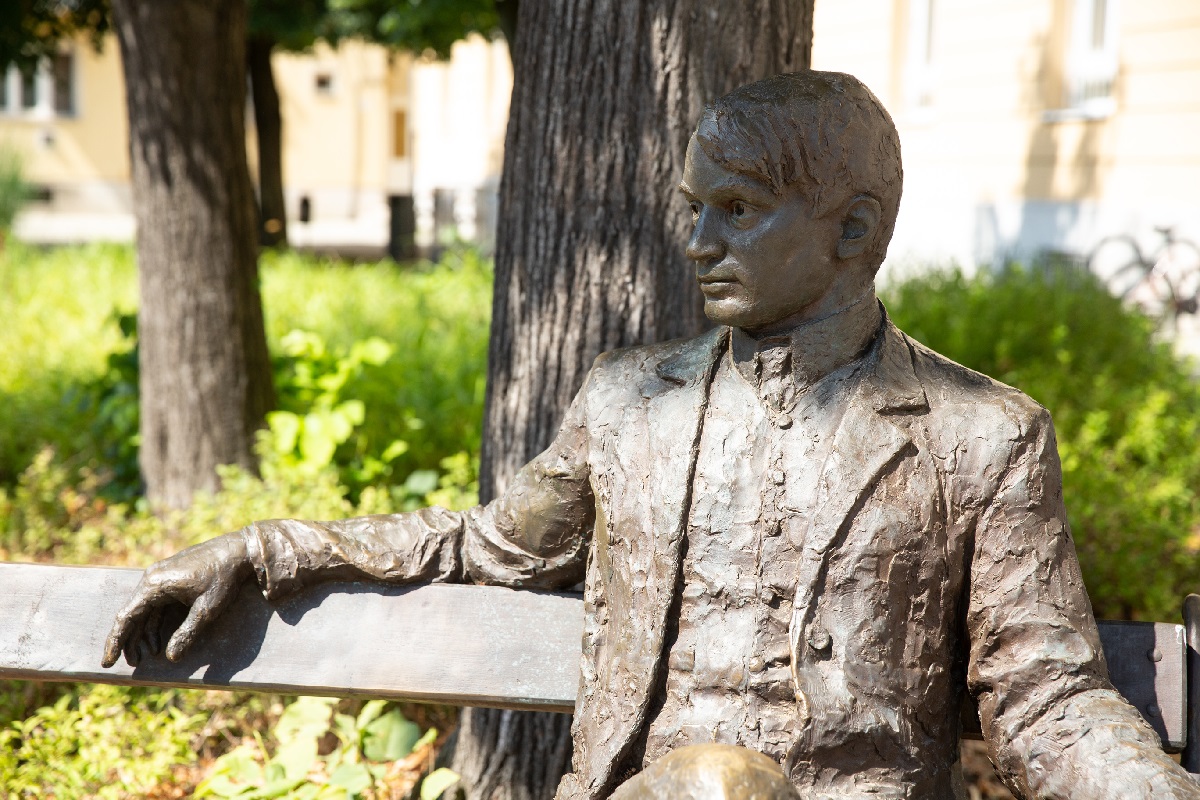
Ady, however, was much more interested in theatre and writing than in law. He published his first articles and poems in Debrecen Főiskolai Lapok, Debreczen Ellenőr, Debreczeni Hírlap, Debreczeni Reggeli Újság and Debreczen-Nagyváradi Értesítő. These papers provided him with his famous fan, ‘Curious Illi’. The secret admirer worked in the glass and porcelain shop of the Kaszanyitzky-house (57 Piac Street, today Líra Bookshop), and corresponded with the poet lengthily, but never revealed her identity in her intimate letters, only referring to herself as ‘the Curious One’. Ilona Varga’s secret was only disclosed after the death of the poet.
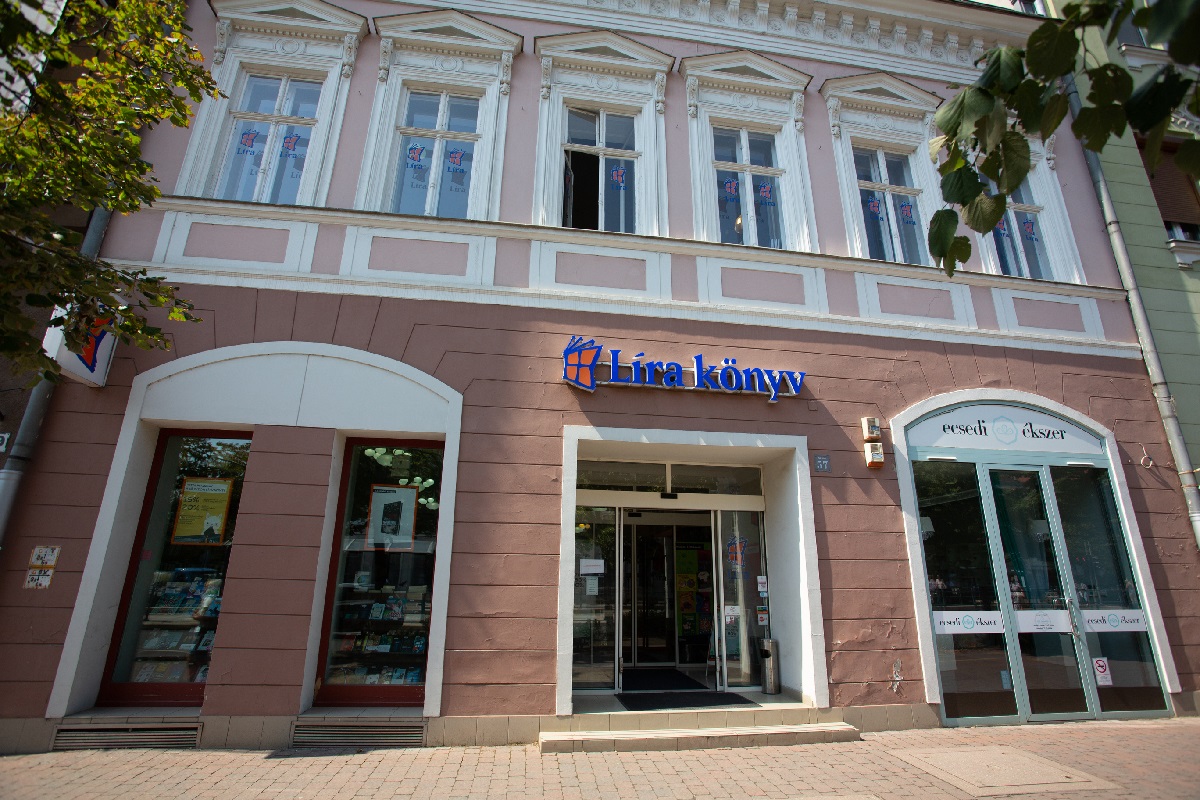
In winter it is warm, in summer it is cool – this is where the name of Bunda (‘fur coat’), restaurant of the Queen of England Hotel (21 Kossuth Street), derives from, according to the legends. A plaque on the wall of the building boasts that the bohemian poet often had a few or even more glasses of spirits here to go with his dinner... But Ady was also a regular at Aranybika Szálló (‘Golden Bull Hotel’), popular with writers and poets.

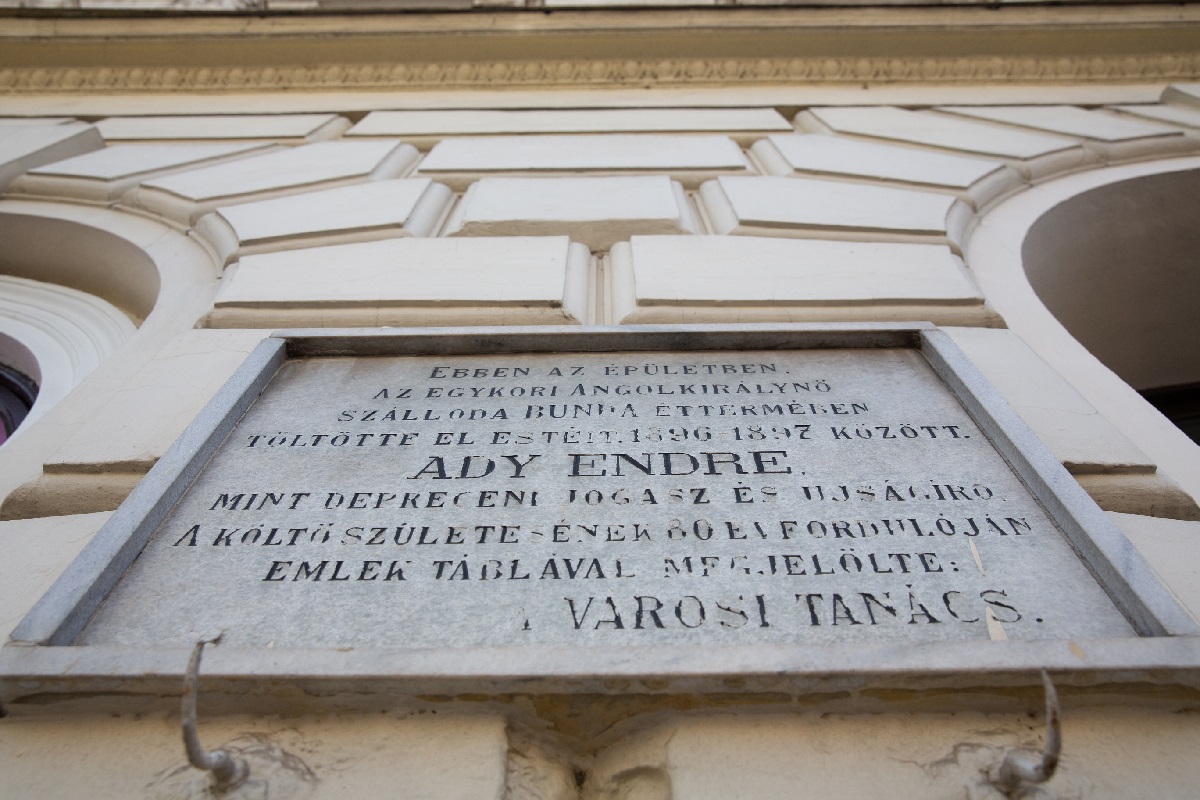

Debrecen proudly advertises the iconic figure of modern poetry having lived here for two years. One of the two Ady statues is found in the Park Forest off Medgyessy Promenade: Miklós Melocco’s 1977 work has the poet contemplating his own death mask. Another important area of the Park Forest is the avenue bearing Ady’s name, and Ady Park is a much beloved place, where we may find the poet himself sitting on a bench (Ádám Győrfi’s sculpture), moreover, we can take a seat beside him, outside the grammar school named after him. Ady’s literary heritage is kept in the Debrecen House of Literature, including the very copy of his first collection, Poems, that was dedicated to the Curious One. 
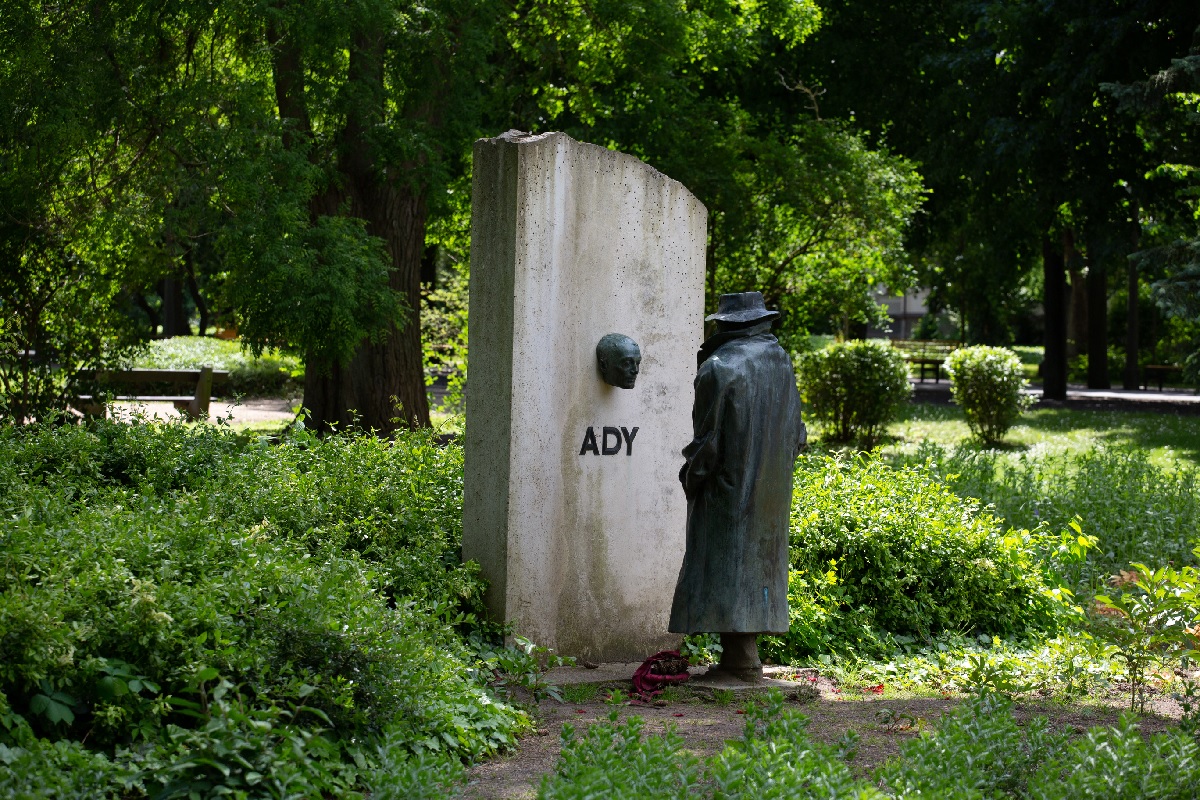
One of the most famous natives of Debrecen, Hungarian giant of poetry and author of the Anacreontics, Mihály Csokonai Vitéz was born in 1773. His house of birth was at 23 Hatvan Street today, and in the townhouse at its site Debrecen’s first museum was opened.
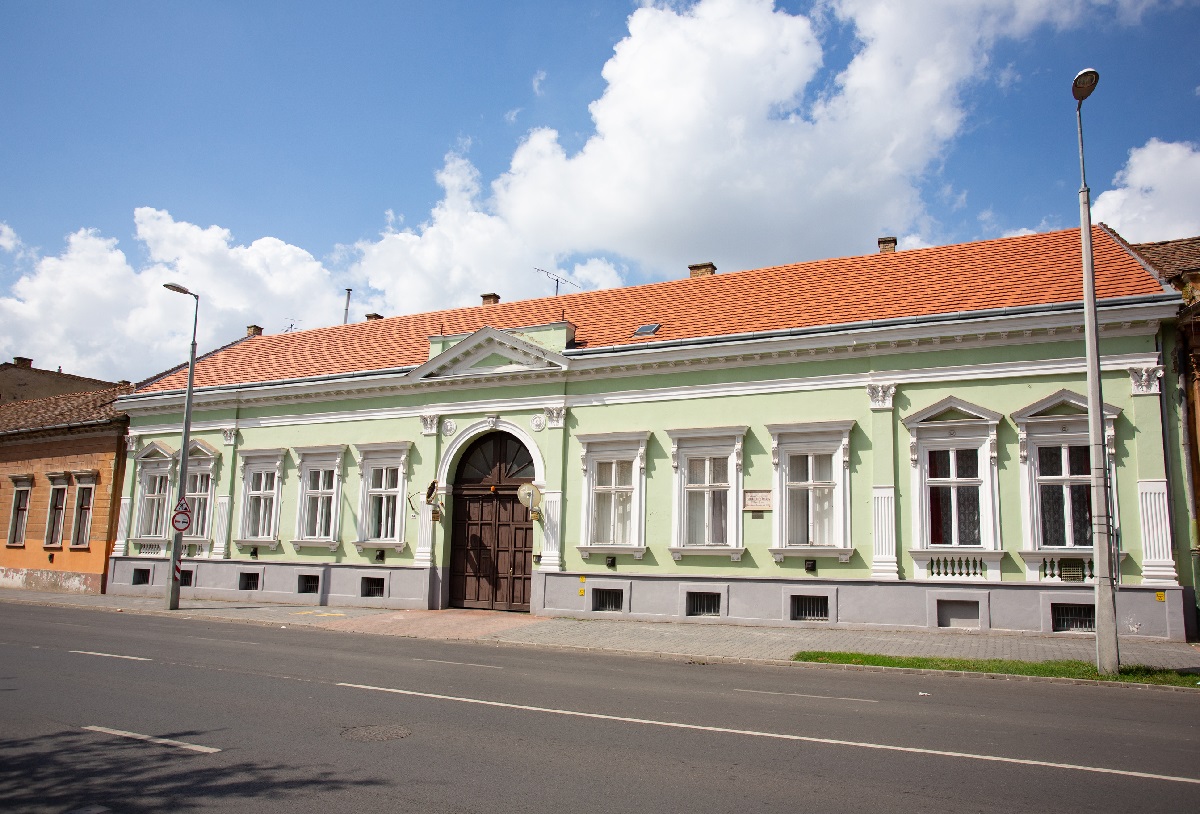

Csokonai attended the Debrecen Reformed College, and thanks to his special talents, in a few years he found himself on the other side of the teacher’s desk. Due to his unique teaching methods and informality his students liked him a lot, which is indicated by the fact that they always marked his birthday by making him his favourite, sour vetrece soup. This tradition is still alive in Debrecen: in the Eger Wine Shop at the site of the poet’s one-time regular haunt, the vetrece dish is cooked in November each year, which is followed by a night of wines, songs and poetry readings: faithful to Csokonai’s poem written in the cellar (‘Love Song to the Colt-skin Flask’), a colt-skin flask is passed around.
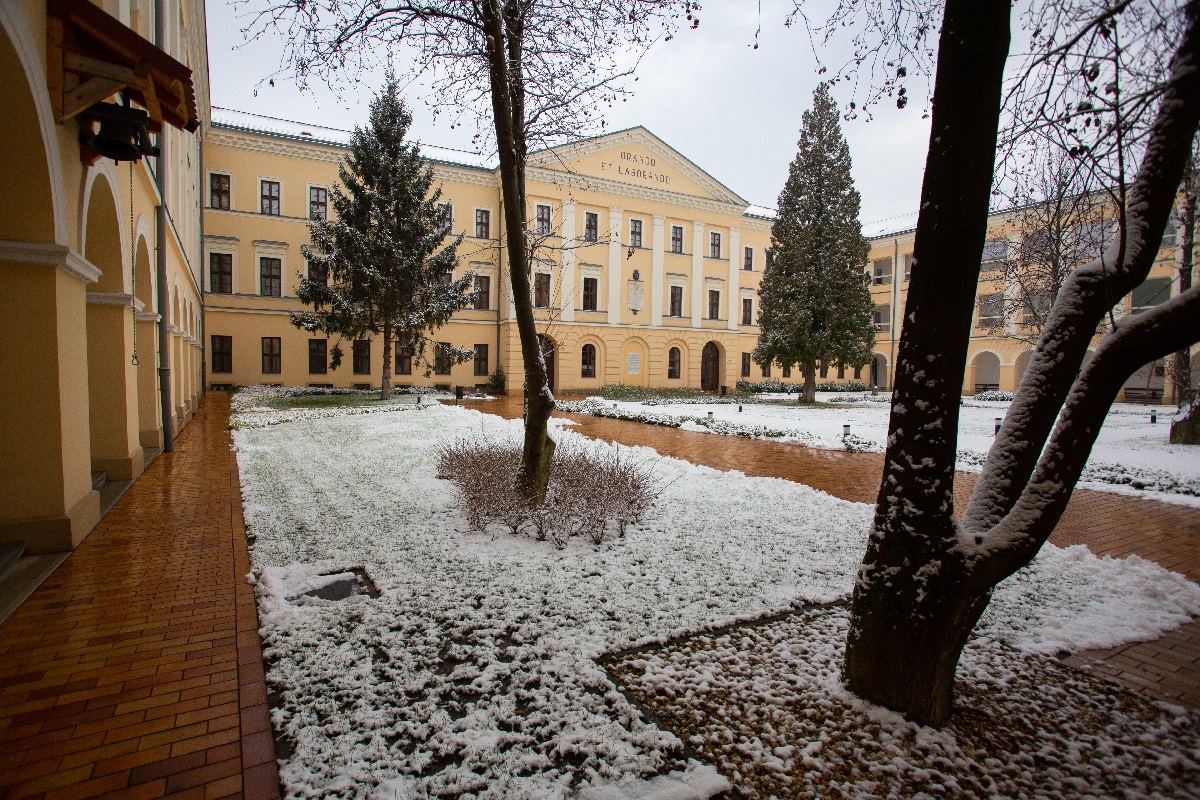
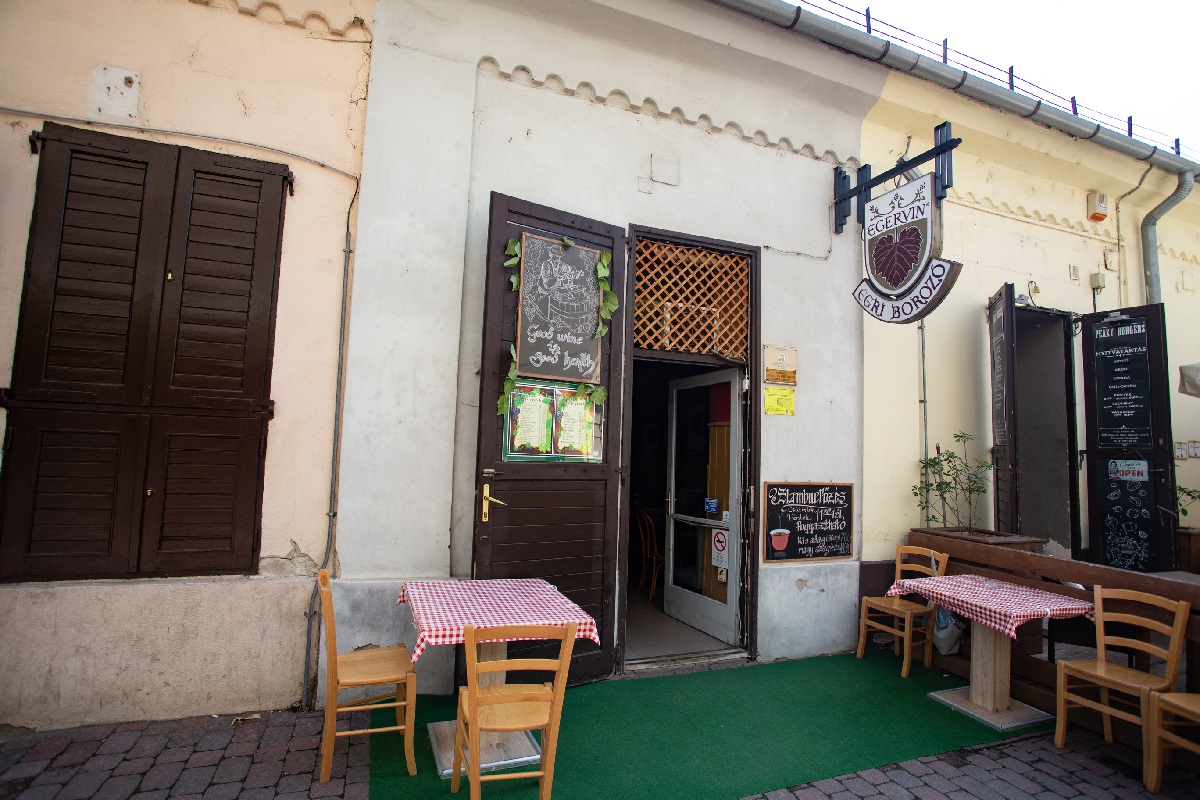
The names of several municipal institutions and streets of the town preserve the lyrical poet’s legacy: a theatre, a school, a restaurant have been named after him, and quite a few statues of him adorn the city, most notably the one on Kálvin Square: Csokonai in a sham-Hungarian outfit, with a lyre in hand stands next to a vine, looking towards his alma mater. The work is by Miklós Izsó, commissioned by the Memorial Garden Association. Interestingly, it differs from the original model: according to the client, the artist was too successful in capturing the poet’s puny build, so they furnished the sculpture with another ‘layer’. The smaller model is kept in the Reformed College, but visitors to the Déri Museum may find another one on a landing.

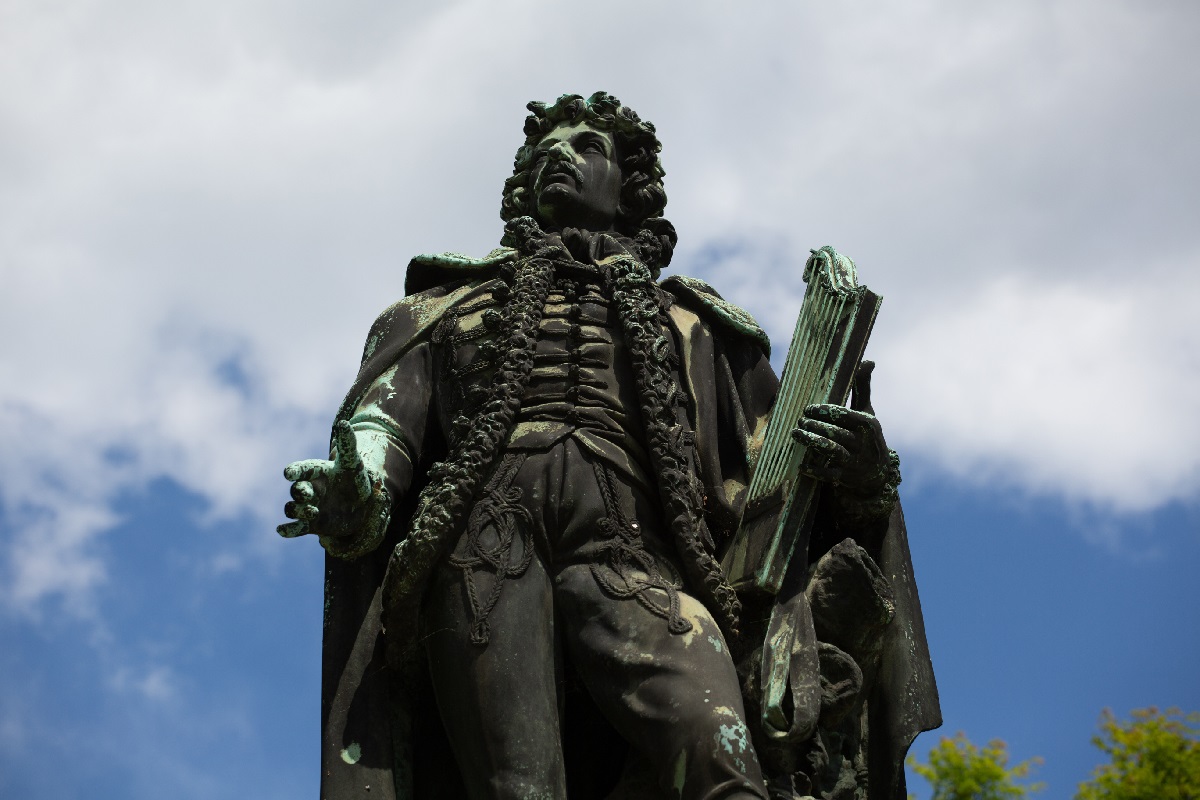
An important location in the poet’s life was 58 Piac Street, where once a friend of Csokonai’s, Mihály Fazekas’ house was situated. The wall of the building in its place bears a commemorative plaque made by poet Árpád Tóth’s father, sculptor András Tóth. The plaque has six oval reliefs with five scenes from Lúdas Matyi, but the last one depicts Fazekas and Csokonai in a tavern.
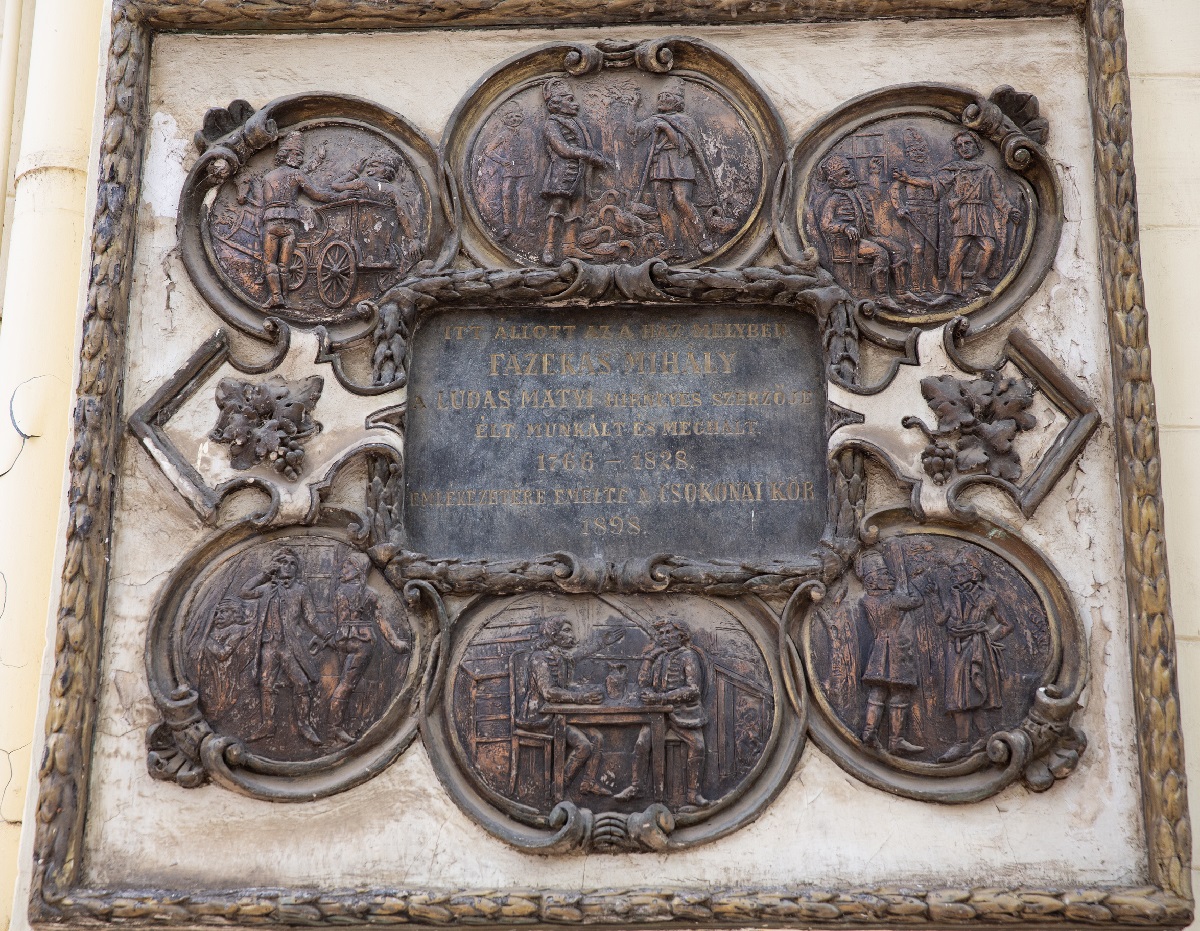
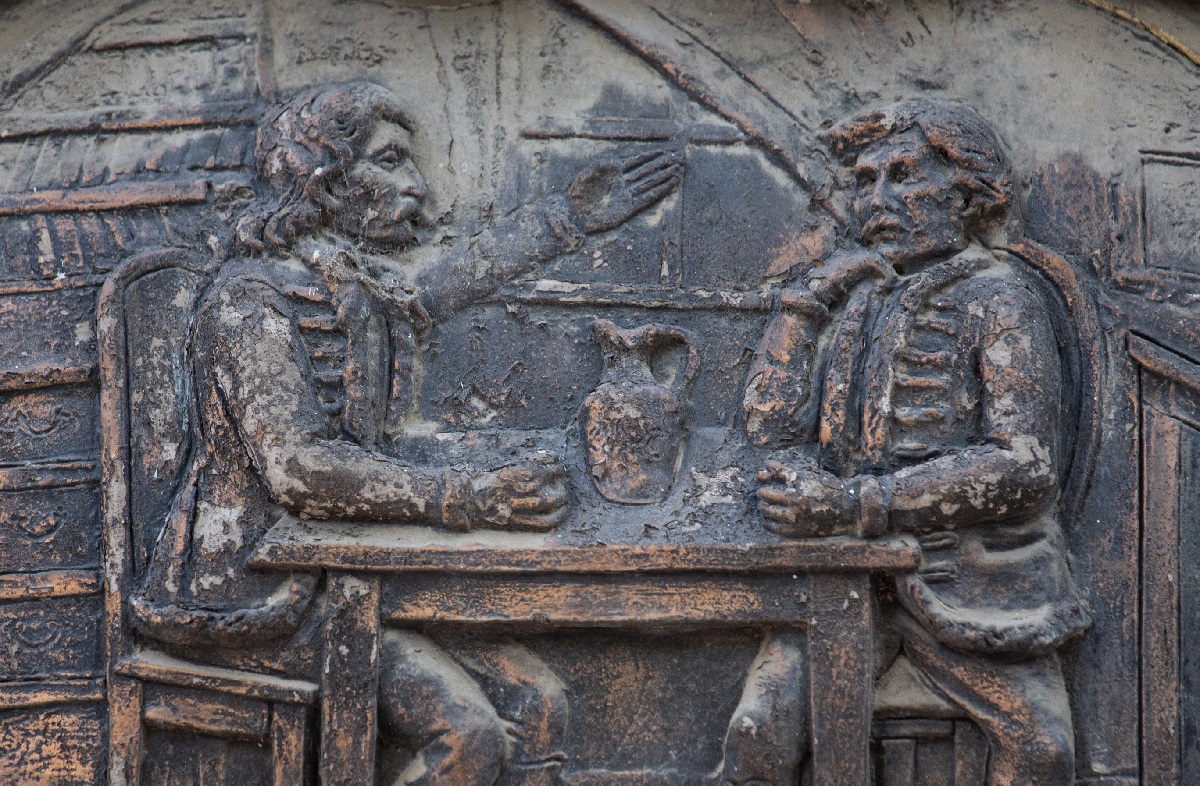
Original manuscripts, books and relics – the poet’s estate is kept in the Reformed College and the Debrecen House of Literature.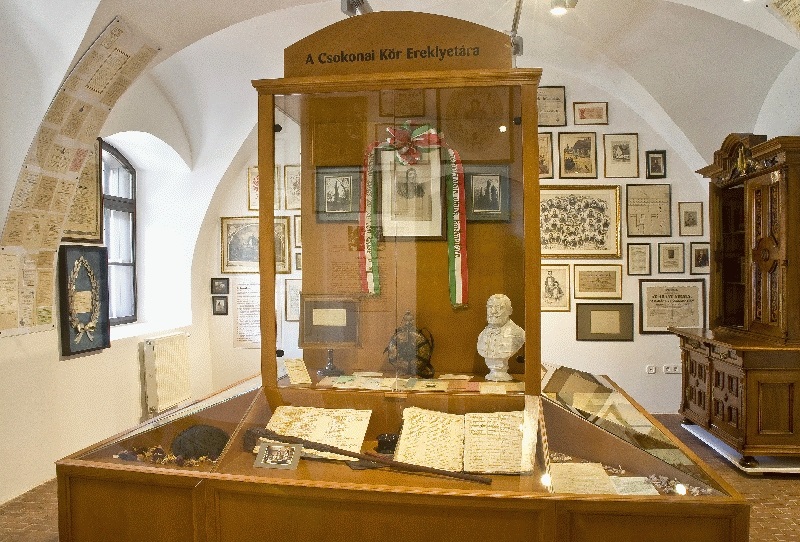
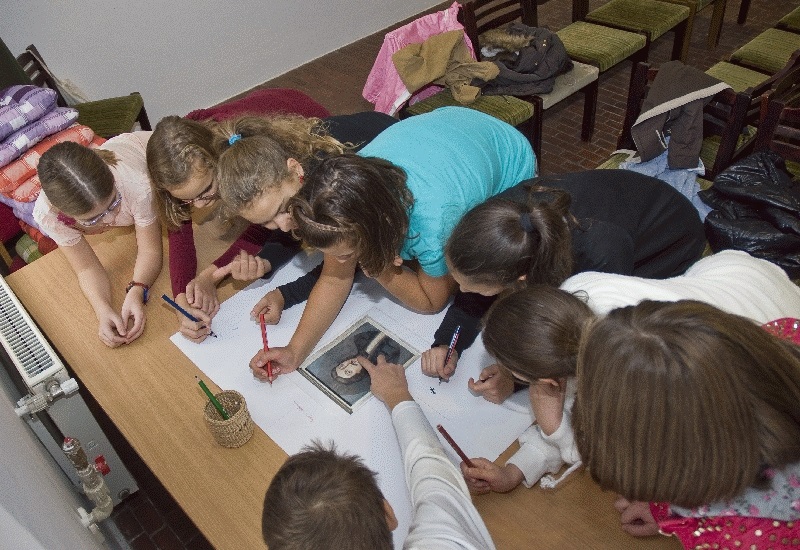
Csokonai spent his last years in his home on the corner of Darabos and Hunyadi Streets (19 Darabos Street), and in the building adjacent to the Pláza today we have Café Susmus (Gossip). Csokonai’s sepulchre was erected in the former Hatvan Street cemetery in 1836. The street was later named Dorottya after the main character of his mock epic Dorothea.
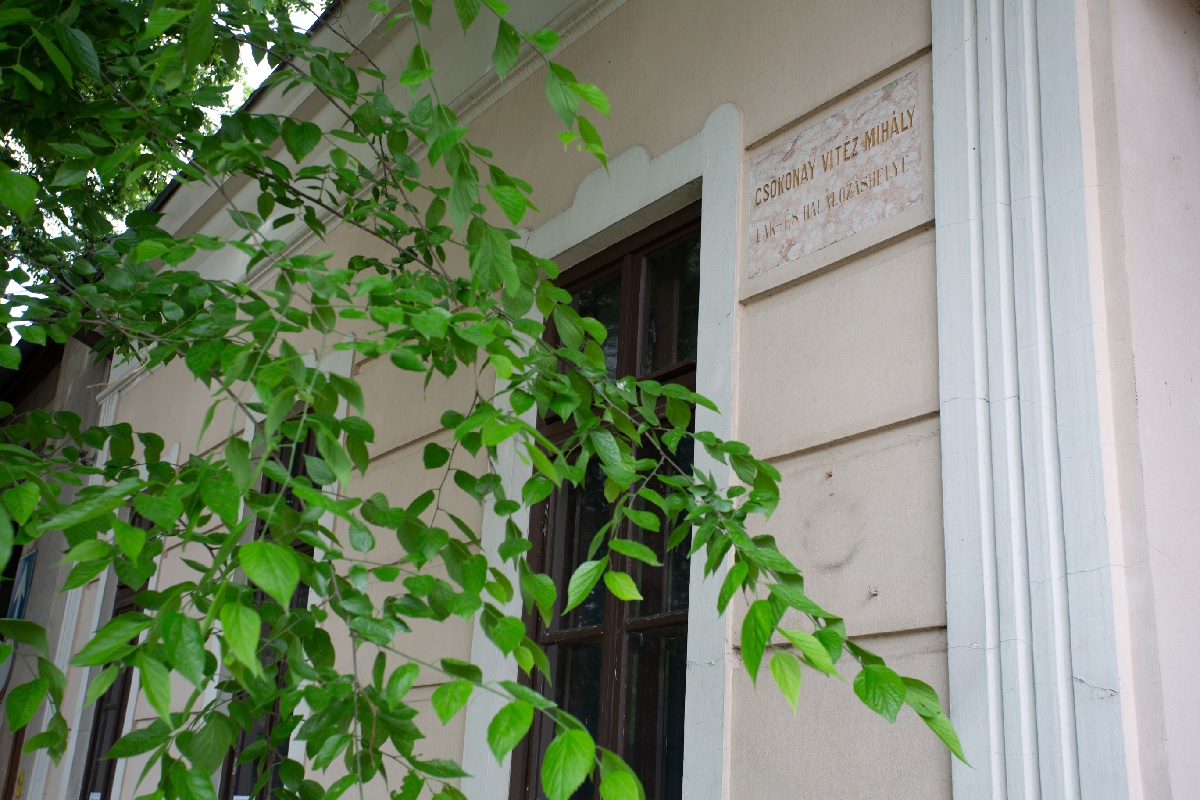

© debrecenliterature.hu All Rights Reserved Privacy Policy